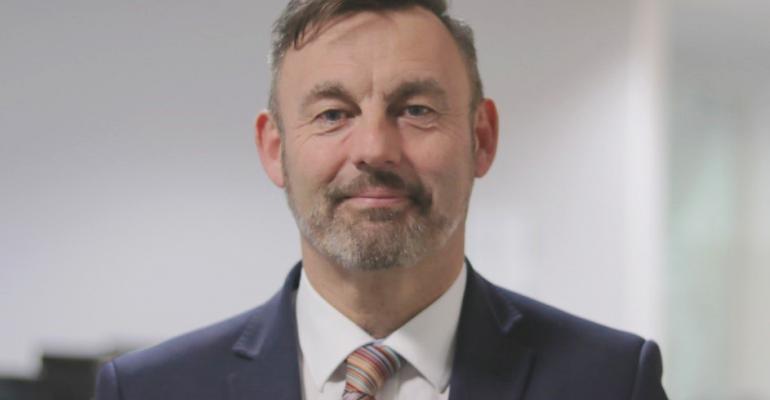Anyone who’s ever planned an event will tell you it isn’t easy. From venue size to utilities to refreshments and everything in between, there are several considerations you’ll need to take into account.
One of the most important things you’ll need to do is account for the safety of your event and attendees.
This piece serves as a health and safety guide to recognize and address potential hazards. We’ll also highlight some precautions you can take to minimize risks, from the pre-planning stage straight through to the occasion.
1. Look at the laws
Depending on your geographical location, there’ll be laws relating to health and safety. The health and safety of workers, consumers and the public.
In Great Britain for example, under the Workplace Health Safety and Welfare Regulations 1992, employers must ensure they do everything within reason to ensure the health, safety and well-being of their workers.
As an event organizer, you have a duty of care for all those attending or working at your event. Your common law duty of care extends to those involved. These include:
- Attendees
- Suppliers
- Staff
- Performers
2. Assess your risks
This should be your start-off point. With it, you’ll be able to identify risks that affect your workers as well as the event attendees. There are five main steps to a risk assessment:
- Identifying hazards.
- Deciding who may be harmed and how.
- Assessing the risks and take action to prevent it.
- Record the finding from the risk assessment (including actions taken to address it).
- Regular review of the risk assessment.
3. Consider fire safety
Depending on the circumstances, you may be required to carry out a risk assessment specifically for fire safety. Although you’ll cover this in your risk assessment, it doesn’t hurt to go over it again. According to the professionals at Fantastic Electricians, short-circuiting is the cause of fire disasters. Depending on the equipment used for the event and the venue itself, a preventative inspection of wiring, sockets, and all gear involved.
4. Evaluate your capacity
Consider the number of people planning to attend and the capacity of the venue.
Will everyone fit comfortably into the location? Will they be standing or sitting? Are there facilities nearby? How close is a hospital and fire station should an emergency occur?
You’ll need to have an answer for all of these questions to guarantee safety at your event. Remember the larger the crowd the more likely something could go wrong. So keep crowd control in mind, as you may need to disperse crowds quickly.
5. Create an emergency plan
Have you heard the saying ‘prepare for the worse but plan for the best’? Well, the same applies here. While no one wants a situation where they’ll have to use their emergency plan, it’s better to have it and not use it than the other way around. Some things to consider when you’re creating this plan include:
- Raising the alarm.
- Informing the public.
- Onsite emergency response.
- Crowd management.
- Evacuation plan.
- Providing first aid.
6. Review your insurance
We can do everything within our means to remove or reduce risks but accidents do happen. It’s best to make sure you’re fully covered to protect yourself, your staff, your patrons and the venue. Remember to consider insurance against cancellations, weather conditions, fire or theft of equipment and injuries.
Final words
We know planning an event isn’t straightforward. There are many things to consider before it’s ready for the public.
Apart from neglecting your duty of care, you’re also opening yourself up to significant financial losses and damages of brand reputation.
While this piece doesn’t cover everything you’ll need to keep in mind, it serves as a good starting point.
Russell Corlett is the health and safety director for Peninsula, which provides health and safety support for small businesses. The human resources and employment law business consultant is based in Manchester, England, and has more than 30 years’ experience, as well as an international presence in Australia, Canada and New Zealand.




